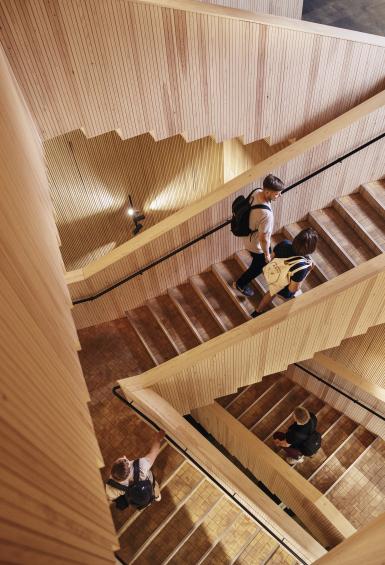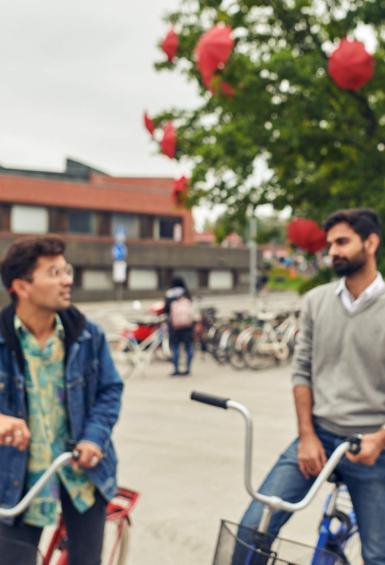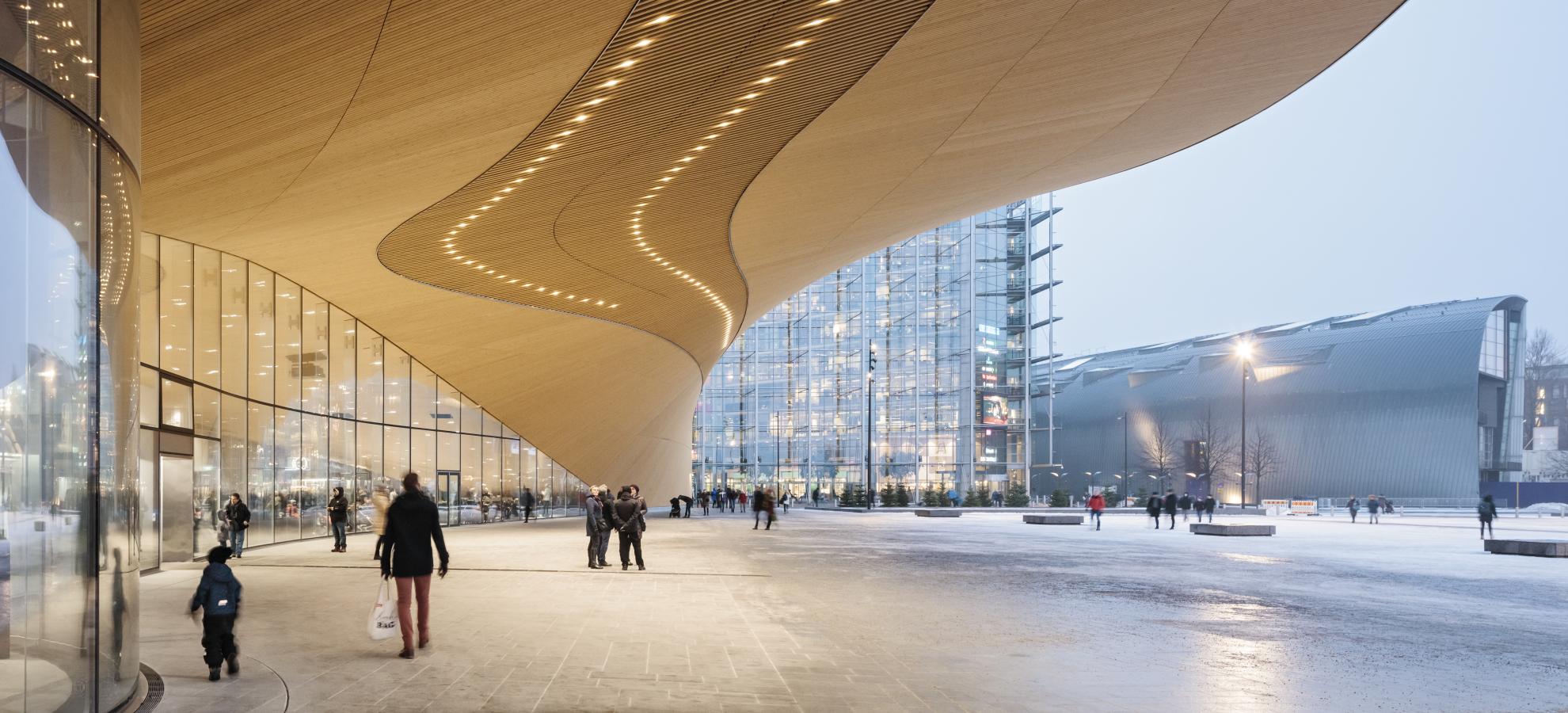
1. The Finnish education system is the envy of the world.
Every three years, the Organisation for Economic Cooperation and Development (OECD), PISA tests the skills and knowledge of 15-year-old students in order to evaluate education systems worldwide. For years, Finland has been topping the charts.
In the 2019 PISA ranking of all OECD countries, Finland came joint second for reading literacy and third for science literacy. It also ranked well above average for mathematical literacy.
2. It’s especially good at equipping children with the skills they’ll need for success in the future.
At a 2019 United Nations briefing, Finland’s Minister of Education Li Andersson said, “Finland is best equipped to adapt its education system to deliver skills for problem-solving and collaboration, as well as to foster creativity, civic-awareness and participation.”
According to the 2019 Worldwide Educating for the Future Index, which is published by the Economist Intelligence Unit, Finland is number one in the world when it comes to providing future skills education for young people.
The index examines the extent to which different education systems from around the world equip people aged between 15 and 24 with skills including: creativity; entrepreneurship; communication; and collaboration, taking into account policy, teaching conditions, and societal freedom.
3. Unlike those in many other countries, Finland’s schools don’t fixate on exam results.
When asked what the United States could learn from Finland’s education system, Dr Samuel Abrams, an Education Director at Columbia University, said, “Our approach forces teachers to teach to the test. As we test all students in reading and math in grades 3-8, we generate undue stress for students, teachers, and parents alike.
“Moreover, in focusing on reading and math, we crowd out time for history, science, music, art, crafts, and physical education. And students need those subjects as well as plenty of play for a well-rounded education.”
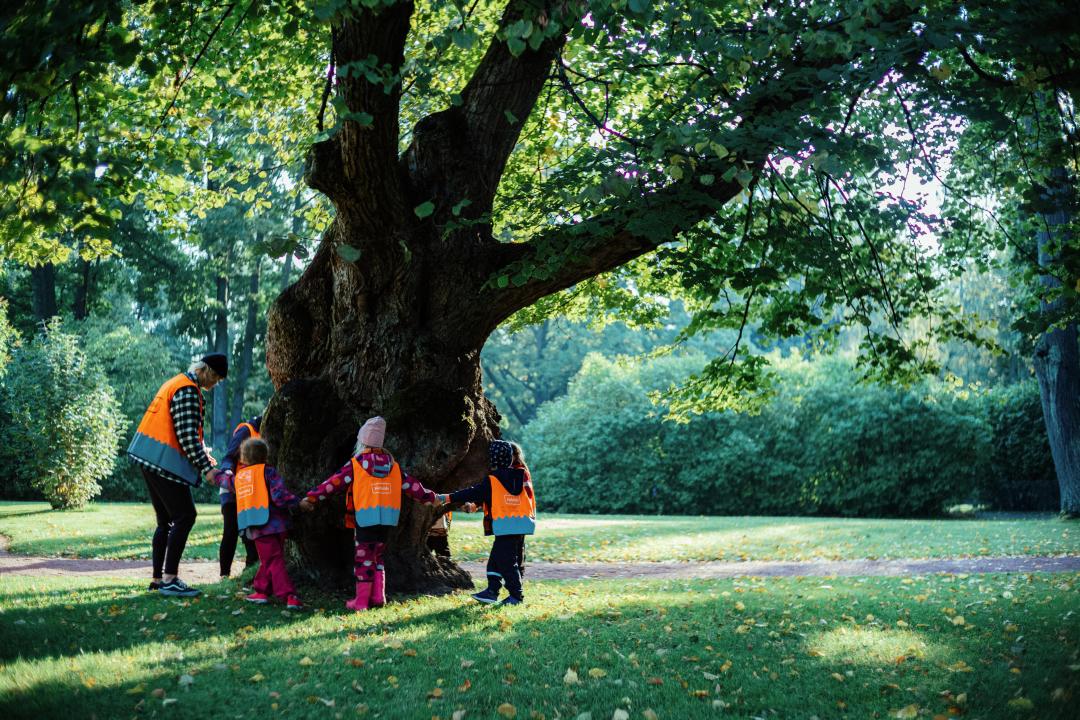
4. Finnish teachers are trained well and given significant autonomy.
Dr Abrams also praised Finland for offering its teachers high-quality Master’s level education in pedagogical theory and practise, paying them well, and giving them a greater level of freedom than teachers elsewhere in the world.
5. Finland continually renews its educational model to keep up with the changing world.
Every four years, Finland’s government revises its development plan for education and research to ensure that Finland keeps up with the changing demands of the world.
6. Talking of which, did you know that Finns are pretty good at spotting fake news?
According to the 2019 Media Literary Index, Finland is Europe’s most resistant nation to fake news. The index takes into account 35 countries and measures the extent to which they are equipped to deal with the impact of fake news, accounting for the quality of education, free media, and high trust among citizens.
7. We even teach children how to identify fake news in school.
In many schools across Finland, multi-platform information literacy and critical thinking are core components of the curriculum. These skills were introduced to Finland’s national curriculum in 2014 when the country was first targeted with fake news stories from Russia.
8. Helsinki’s schools are the best in the country.
Finland’s state broadcaster Yle publishes an annual ranking of the country’s best schools. In 2019, nine out of the top 10 schools were in Helsinki.
With so many good schools around, Finns tend to send their children to their closest local school instead of shopping around for an alternative. Parents know that no matter which school they send their children to, they’ll receive a good education.
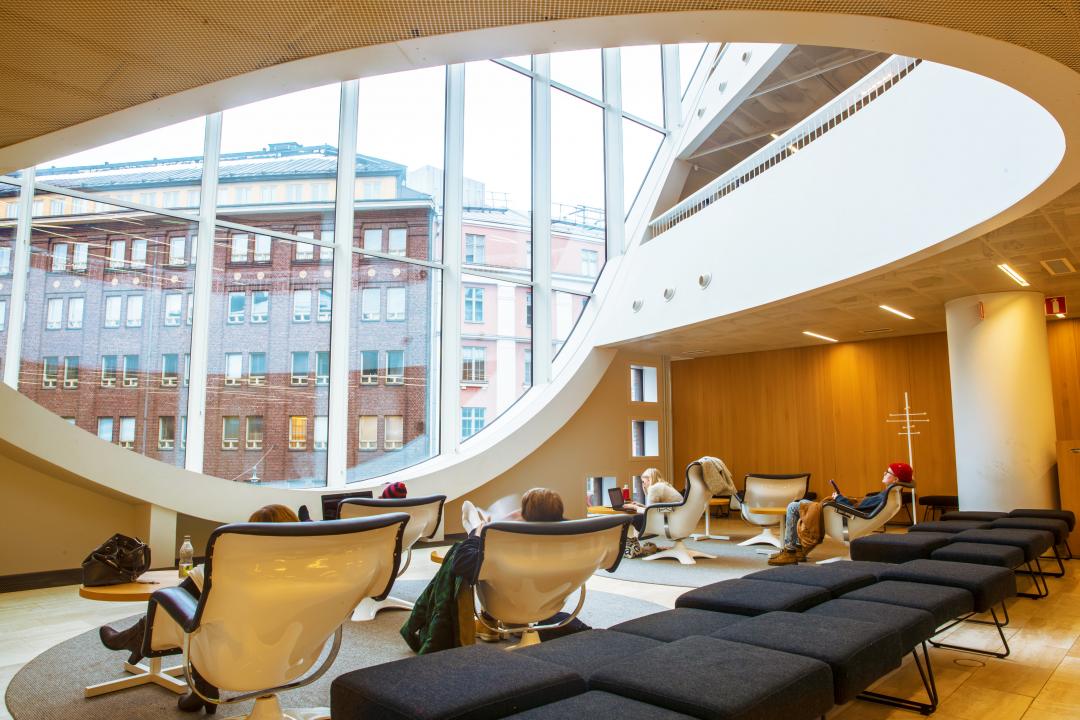
9. And the universities in Helsinki are world-class, too.
There are four universities in the Helsinki area: University of Helsinki; Aalto University; The University of the Arts Helsinki and Hanken School of Economics. And, honestly, you can’t make a bad choice.
Established in 1640, University of Helsinki counts no less than nine presidents and four Nobel laureates among its alumni. According to the Times World University Rankings, it’s the 98th best university in the world. Meanwhile Aalto University in Espoo specialises in science, art, technology, and business and has been described by Vogue as the Central St Martins of the Nordics. The University of Helsinki and Aalto University are the best two universities in Finland.
The University of the Arts Helsinki comprises three academies: The Academy of Fine Arts; the Sibelius Academy; and the Theatre Academy. And Hanken School of Economics, the only stand-alone economics academy in Finland, is one of the oldest business schools in the Nordics.
10. You can even study in English here.
If you want to study in Finnish, all four of Helsinki’s universities offer students free Finnish language classes.
But you can also study in English here. University of Helsinki offers 35 English Masters programmes and 1 English Bachelors programme, whilst Aalto University offers 57 Masters programmes and 4 Bachelors programmes. So whether you’re interested in Animation, Neuroscience or Film & Television, you’re sure to find something.
11. Many adults return to education at some point in their lives in Helsinki.
Both University of Helsinki and Aalto University run open courses for people who aren’t currently enrolled in fulltime study. So whether you’re interested programming or global history, something is sure to pique your interest. Most of the courses on offer take place during evenings and weekends, but there are plenty of online distance learning courses, too.
12. And the city offers tonnes of adult education opportunities.
Ilmonet lists all of the upcoming courses at Helsinki’s Adult Education Centre and you should check out Arbis if you’re interested in Swedish-language courses.
13. Finnish companies even offer their employees study leave.
In Finland, employees are entitled to take a maximum of two years study leave during any five year period of employment, provided they have worked for the company on a fulltime basis for over a year. If you opt to take study leave, you still earn annual holiday and you can return to your job once your studies come to an end.

14. Because Finns view learning as a lifelong right.
According to a survey carried out by thinktank Sitra, Finns see education and learning as lifelong human rights.
15. The world is constantly changing, and Helsinki wants to contribute to that change.
If you’re interested in furthering your own education or exploring a new field, Helsinki is the perfect city to challenge your interests and facilitate your educational development.



